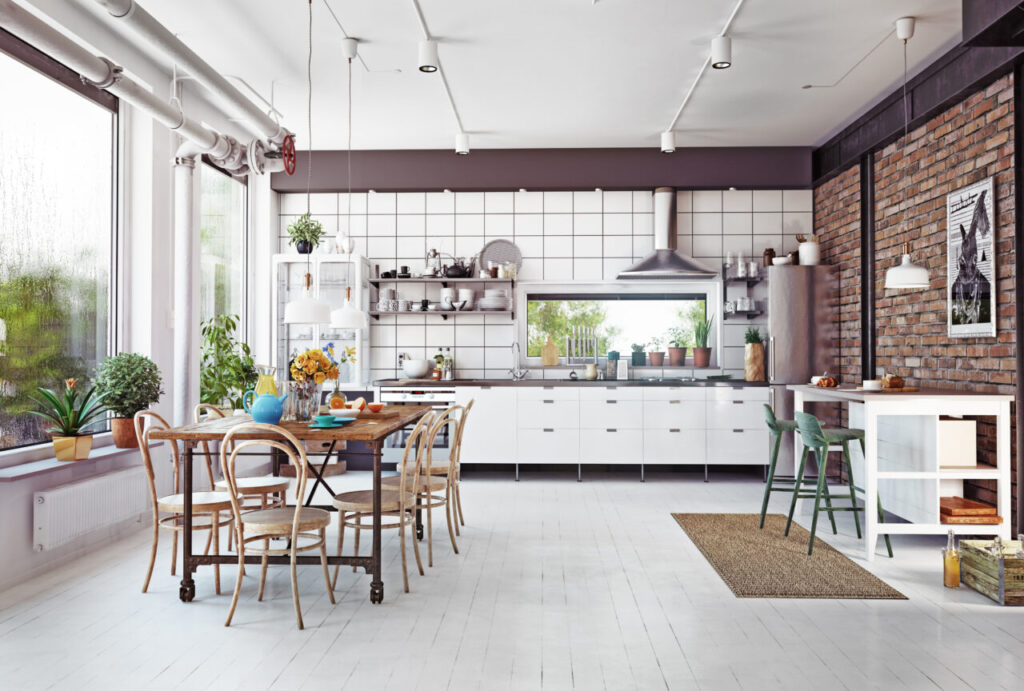When you hear the word “chandelier” what comes to mind?
Elegant? Expensive?
While there are a lot of very expensive chandeliers available out there in the marketplace, you don’t have to spend a fortune to create a look that you love.
One of the best, most inexpensive options is to DIY a chandelier for your own home.
And the best thing?





